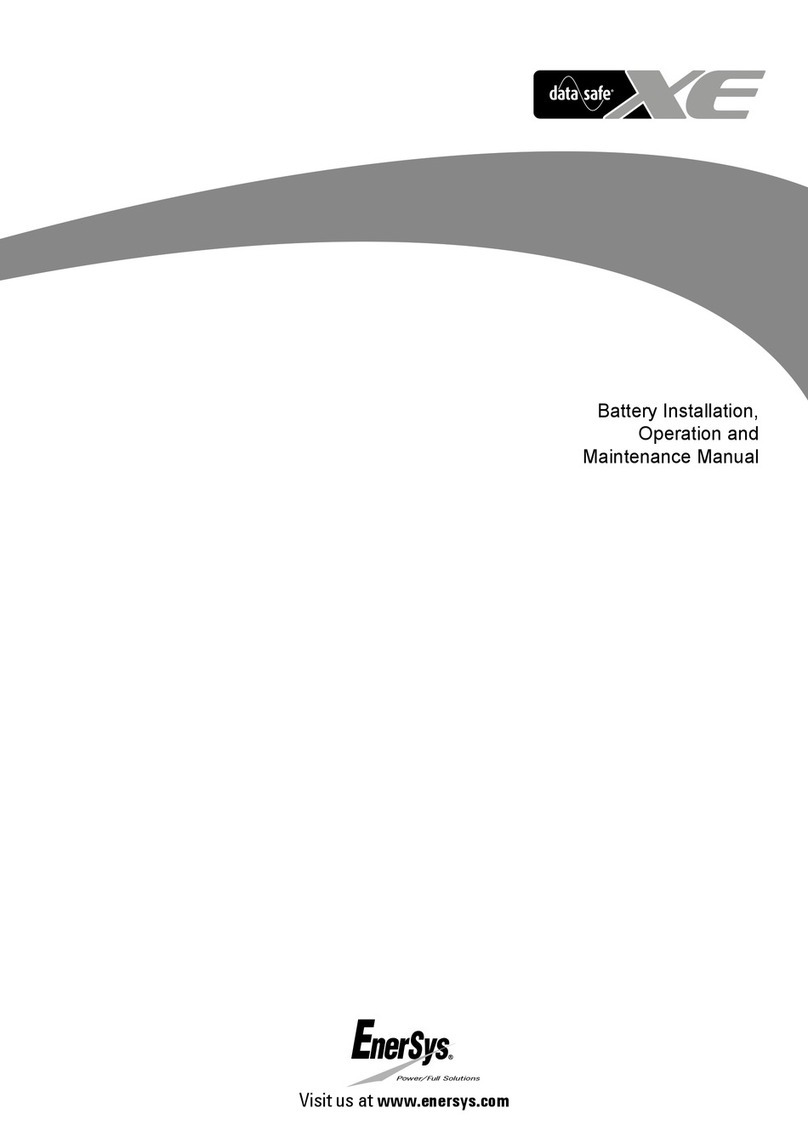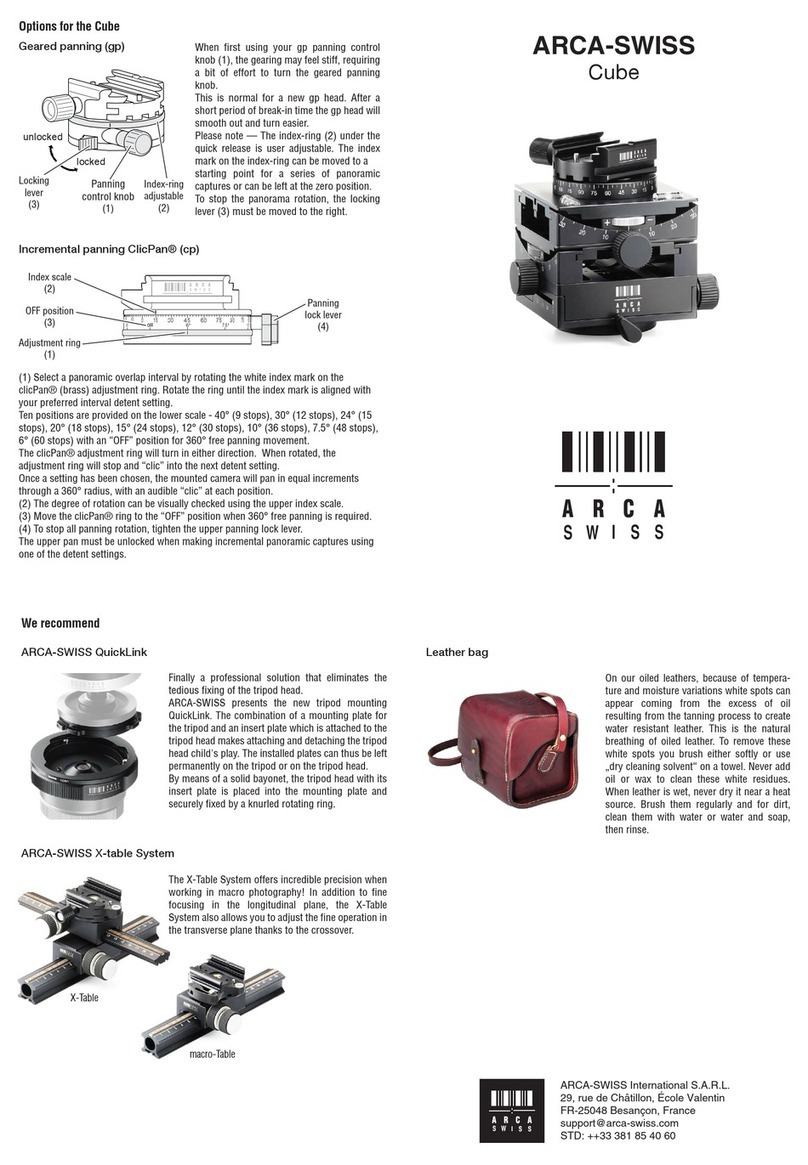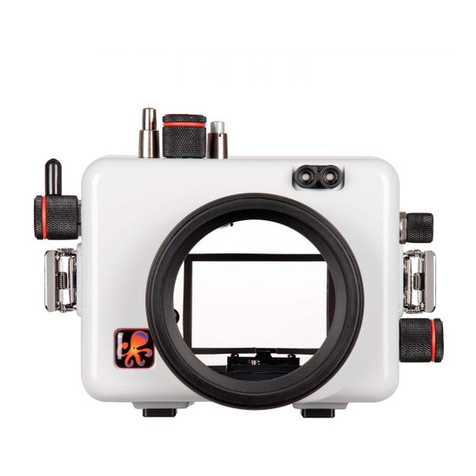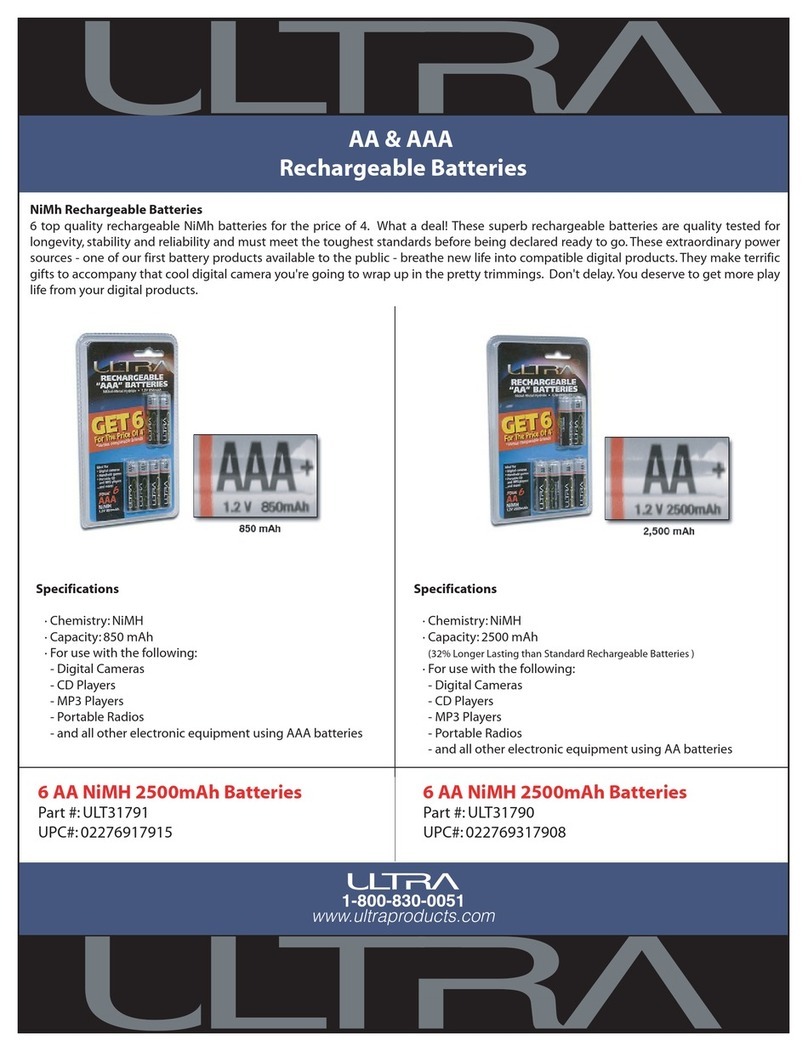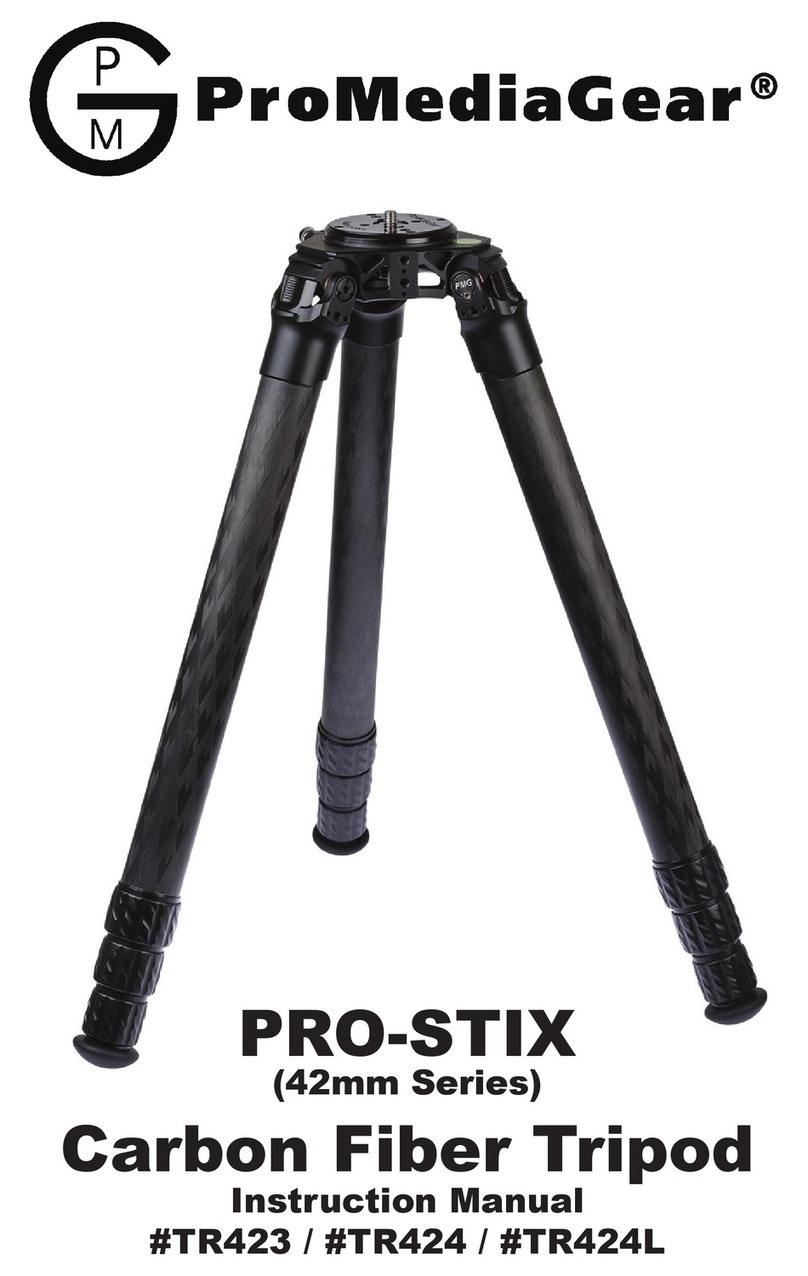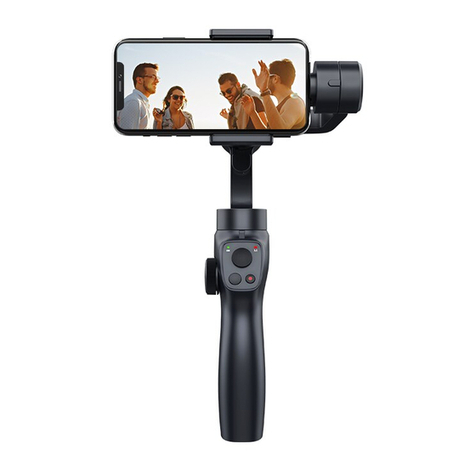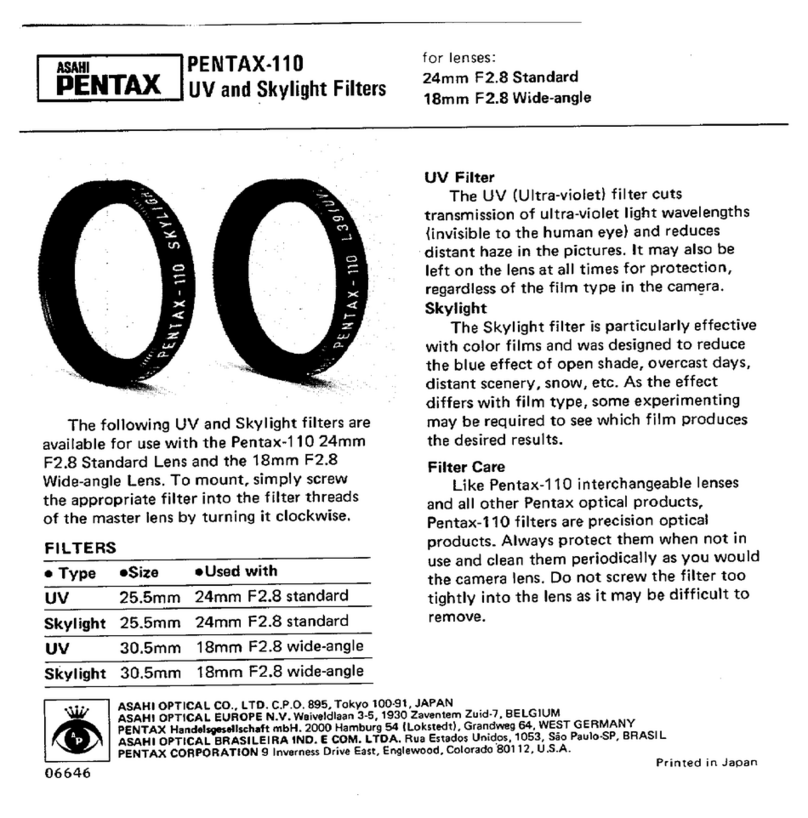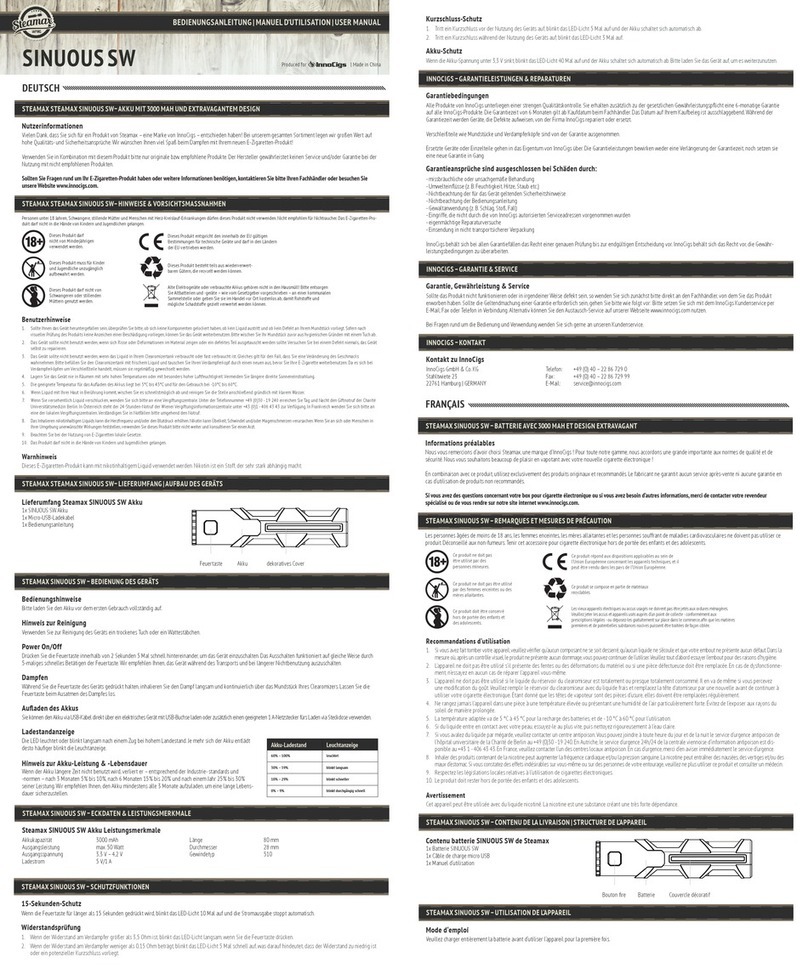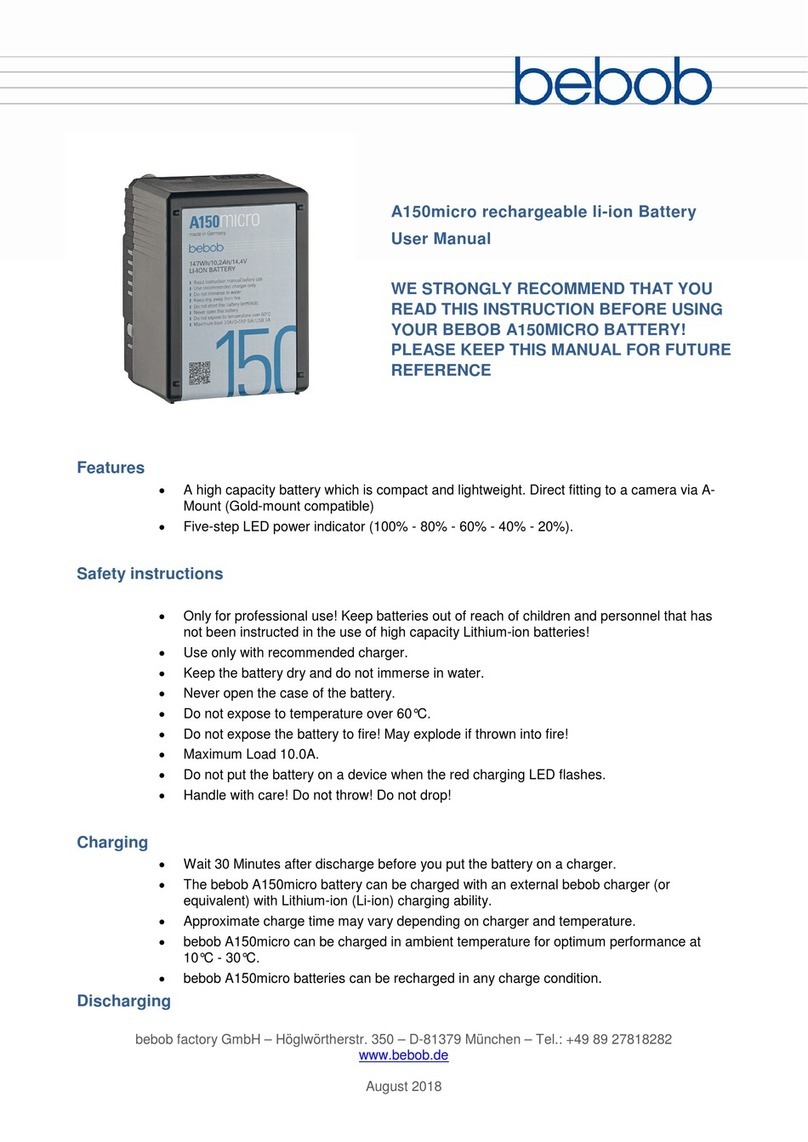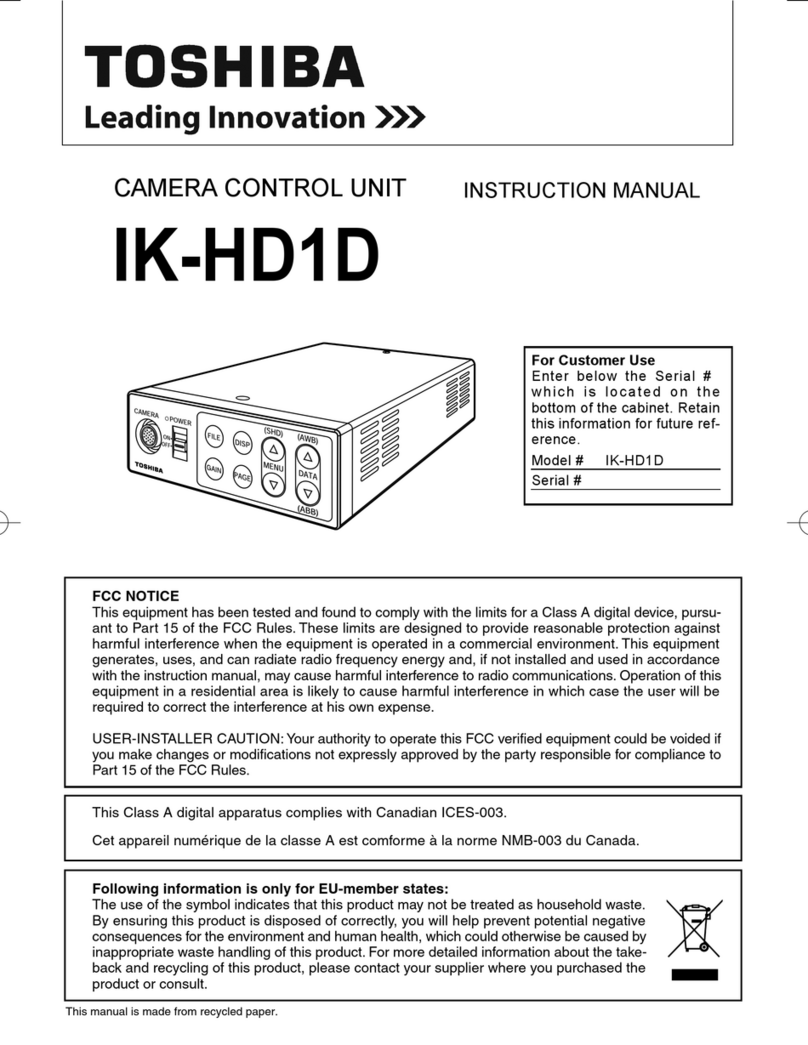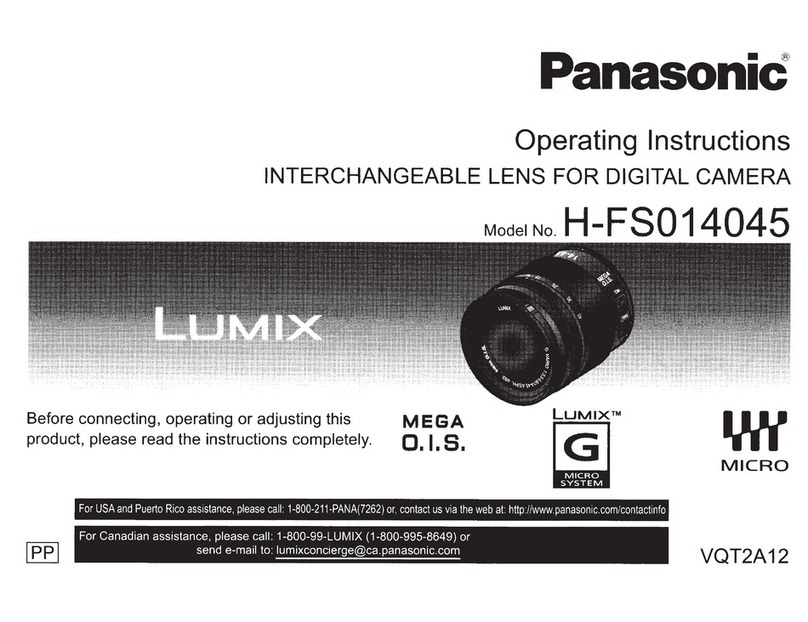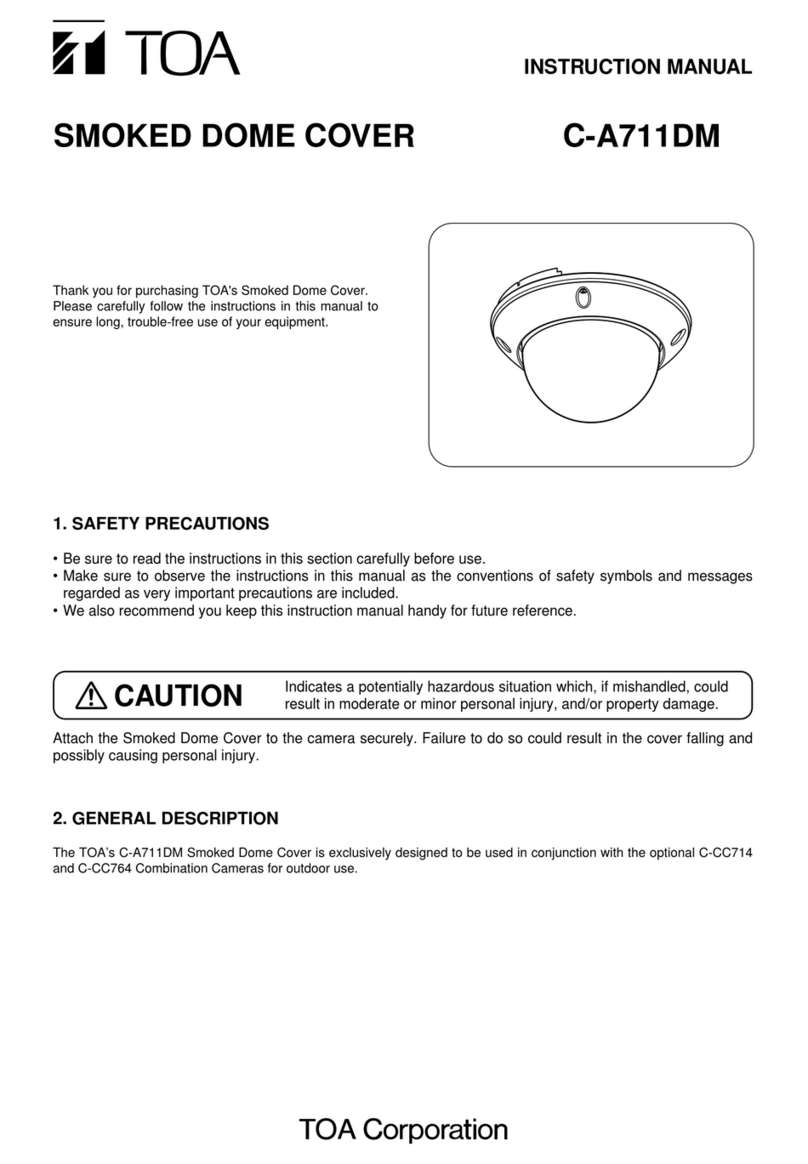Netberg 12V 100Ah User manual

1 / 10
Deep Cycle LiFePO4 Lithium Battery with Built-in BMS
User Manual
Voltage:12v~24v Capacity:100AH~400AH
SAVE THESE INSTRUCTIONS
WARNING: Read carefully and understand all assembly and
operation instructions before operating. Failure to follow the
safety rules and other basic safety precautions may result in
serious personal injury.

2 / 10
Thank you for choosing an NetBerg LiFePO4 Lithium Battery.
Save the receipt and these instructions. You must read the entire
manual to become familiar with this product before you begin using
it.
This product is designed for certain applications only. The
distributor cannot be responsible for issues arising from
modification. We strongly recommend this product not be modified
and/or used for any application other than that for which it was
designed. If you have any questions relative to a particular
application, do not use the product until you have first contacted
the distributor to determine if it can or should be performed on the
product.
For a technical question please email: ne[email protected]
Important Safety Information
WARNING
This product can expose you to chemicals, including Di(2-Ethylhexyl)
phthalate (DEHP) which is known to the State of California to cause cancer,
birth defects, or other reproductive harm.
!

3 / 10
WA
RNING
Read and understand all instructions. Failure to follow all
instructions may result in serious injury or property damage.
The warnings cautions, and instructions in this manual cannot
cover all possible conditions or situations that could occur.
Exercise common sense and caution when using this tool.
Always be aware of the environment and ensure that the tool is
used in a safe and responsible manner.
Do not allow persons to operate or assemble the product until
they have read this manual and have developed a thorough
understanding of how it works.
Do not modify this product in any way. Unauthorized
modification may impair the function and/or safety and could
affect the life of the product. There are specific applications for
which the product was designed.
Use the right tool for the job. DO NOT attempt to force small
equipment to do the work of large industrial equipment. There
are certain applications for which this equipment was designed.
It will be a safer experience and do the job better at the capacity
for which it was intended. DO NOT use this equipment for a
purpose for which it was not intended.
Industrial or commercial applications must follow OSHA
requirements

4 / 10
This product has a built-in high-voltage power supply and battery. Keep
away from children.
For long-term storage(more than one month), please charge the LiFePO4
Lithium Battery to about 70%.
Do not place the unit close to or in a fire or expose it to heat. Keep out of
direct sunlight.
Do not use in a damp environment, do not knock or hit the product.
Please charge with the original charger or according to the charger in
accordance with the electrical parameters specified by the manufacturer.
Please charge the LiFePO4 Lithium Battery within the temperature range
of 0~45°C. Charging at too low or too high a temperature will shorten the
life of the battery.
In the case of long-term storage (more than 3 months), it should be stored
in a semi-electric state in a low humidity environment without corrosive
gas at a temperature of-10~35°C.
If the LiFePO4 Lithium Battery emits a peculiar smell, high heat smoke,
and other abnormal conditions during charging, using, or storage, please
stop charging immediately, and place it in an open place for remote
observation, after confirmation of safety, contact the manufacturer or
dealer.
Precautions when working with solar panels
With the incidence of sunlight or other light sources on all solar panels, a
voltage appears at the output terminals of the solar panel turning it into a
source of electricity. To avoid a shock hazard make sure the solar panel is
covered with an opaque(dark) material such as paper/cloth during the
installation. Do not make contact with the terminals when the panel is
exposed to sunlight or other light sources.
Caution

5 / 10
Reference Quantity/pcs
1 LiFePO4 Battery 1
2 Manual 1
3 busbars 2
Negative Electrode
Positive Electrode
Part List
Product Function

6 / 10
Picture
Model 12V 100Ah
Standard Voltage 12.8V(12V)
Rate Capacity 100Ah
Max charging current 80A
Continuous discharge current 100A
Output port Positive and Negative
Lifecycle 6000times
Material Lithium Iron LiFePO4
BMS Protection
Over-charge, over-discharge,
over-current, short circuit
protection
Body size 330*172*215mm
Weight 10kg
LP12-100A

7 / 10
Picture
Model 12V 200Ah
Standard Voltage 12.8V(12V)
Rate Capacity 200Ah
Max charging current 80A
Continuous discharge current 200A
Output port Positive and Negative
Lifecycle 6000times
Material Lithium Iron LiFePO4
BMS Protection
Over-charge, over-discharge,
Over-current, short circuit
protection
Body size 345*190*245mm
Weight 20kg
LP12-200A

8 / 10
Picture
Model 12V 400Ah
Standard Voltage 12.8V(12V)
Rate Capacity 400Ah
Max charging current 100A
Continuous discharge current 200A
Output port Positive and Negative
Lifecycle 6000times
Material Lithium Iron LiFePO4
BMS Protection
Over-charge, over-discharge,
Over-current, short circuit
protection
Body size 522*240*218mm
Weight 36kg
LP12-400A

9 / 10
Picture
Model 24v 200Ah
Standard Voltage 25.6V(24V)
Rate Capacity 200Ah
Max charging current 100A
Continuous discharge current 150A
Output port Positive and Negative
Lifecycle 6000times
Material Lithium Iron LiFePO4
BMS Protection
Over-charge, over-discharge,
over-current, short circuit
protection
Body size 522*240*218 mm
Weight 36kg
LP24-200A

10 / 10
Malfunction Solution
The battery pack cannot be
charged and discharged
normally
1) Check whether the line
connection is correct.
2) Check whether the battery
pack voltage is normal.
3) Check whether the battery
connection is loose.
4) Disconnect the load and
then reconnect.
5) Change the protection
board.
The battery heats up when
in use
1) Continuous working current
is too large.
2) The connection between the
batteries is not tight.
Different Rate Discharge Diagrams at 25
°
C
Common
Malfunction Judgement
Table of contents


